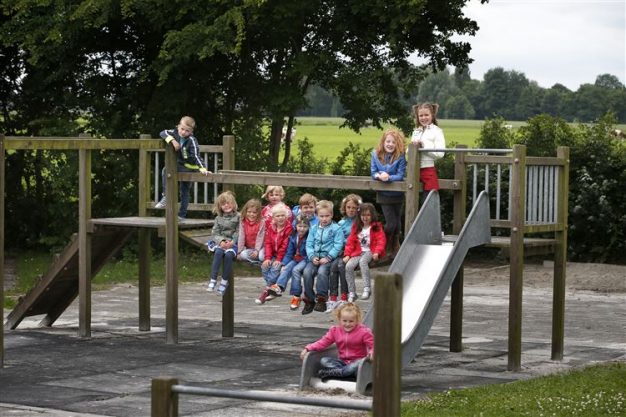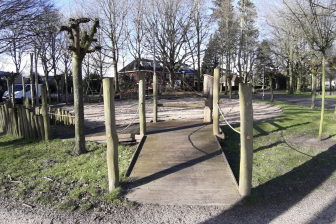
Child research groups help to assess child friendly communities
Cities are “child friendly” when there is a process to improve child well-being through the fulfillment of children’s rights. However, the research shows that due to lack of expertise in children’s rights, children and parents need tools to help them to self-assess the extent to which children’s rights are fulfilled.
“In child friendly cities and communities, children are provided with equal access to basic services as well as adequate spaces for growth and development; and most importantly, they are granted opportunities to participate in decision-making processes”, said Dora Guisti, Child Protection Specialist working at the UNICEF Innocenti Research Centre.
“Although within the Child Friendly Cities Initiative (CFCI) several efforts have been made for measuring the degree of child friendliness of cities and communities, little has been done to enable local administrations to look critically at the relevance of governance structures and processes in place to meet children’s needs and rights,” added Guisti.
Participatory assessment toolkit
A recent action oriented research initiative, undertaken by UNICEF Innocenti Research Centre, Childwatch International, the Children’s Environments Research Group and the Bernard Van Leer Foundation, has developed a participatory assessment toolkit to achieve the following:
– Children and parents can express themselves on the degree of fulfillment of their rights and to identify their priorities as a basis for local action and advocacy.
– To assist municipal authorities in reflecting on the child friendliness of local government structures and processes.
“Such instruments are fundamental to the establishment of local democratic governance for children’s rights, ensuring the involvement of civil society, above all children, on the one hand, and the accountability and transparency of institutions, on the other”, said Guisti.
The assessment tools are being implemented in 9 countries representing a range of geographic, cultural and socio-economic settings.




